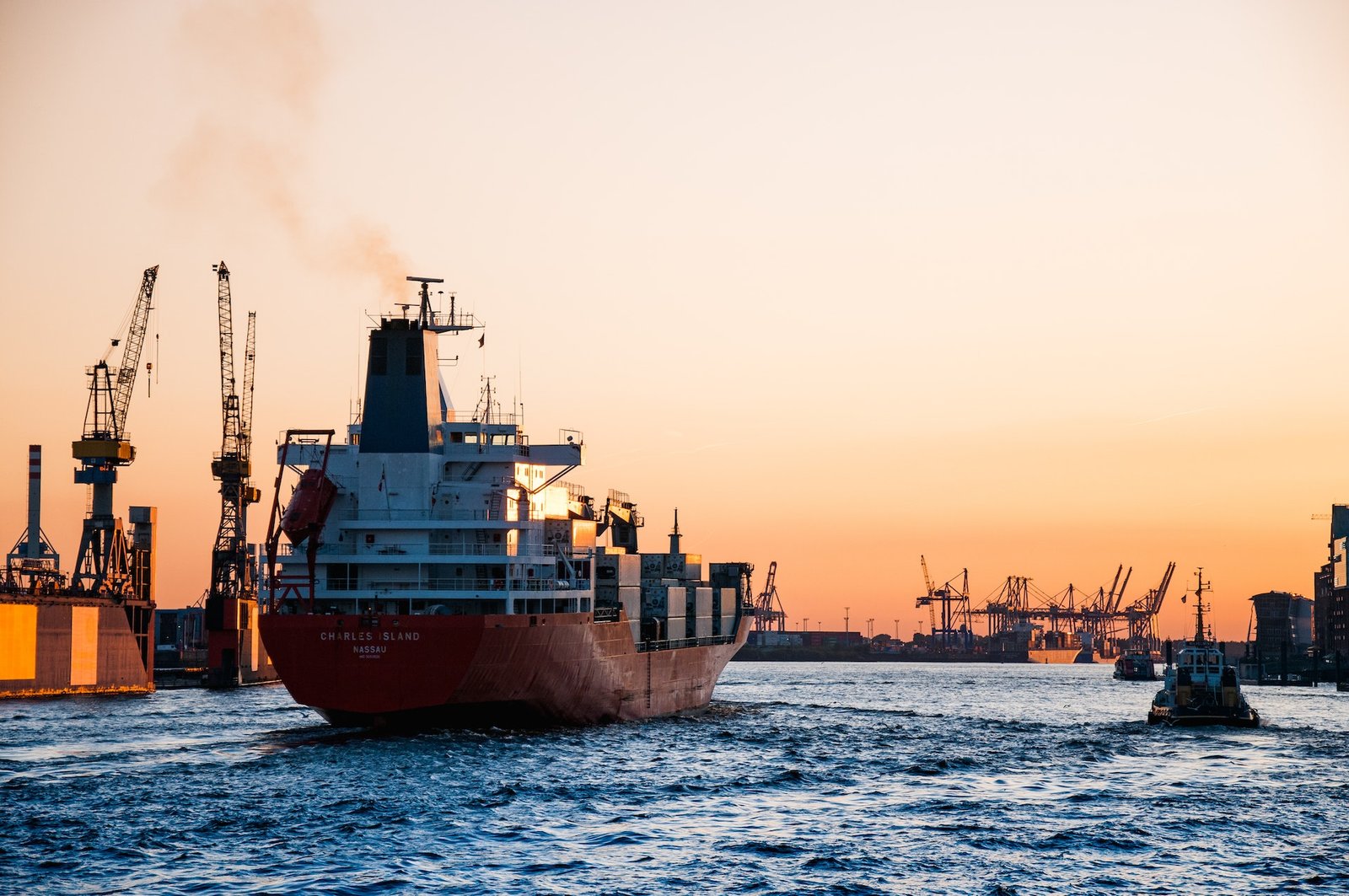What is the main goal of marine inspection? A maritime inspector carries a suitcase containing relevant references. A marine survey examines a vessel’s construction, machinery and equipment (navigation, safety, radio, and so on), and overall condition. They also perform various tasks, including inspecting welder qualifications and procedures. Ships are subjected to periodic examinations and inspections to maintain their safety and seaworthiness. Therefore, the main goal of marine inspection services is to ensure that the ship is operationally sound, which is an important goal.
Operational Readiness
A primary purpose of a marine inspection is to ensure that a vessel is ready to respond to maritime-related demands. Maritime inspections are conducted by qualified personnel on board a ship. During the inspection, staff members are interviewed to confirm the findings. Additionally, the inspection includes a physical examination and equipment tests. Once a vessel passes through the marine inspection process, it is declared operationally ready to be used by crew members.
Another type of inspection involves the inspection of cargo vessels. This type of inspection is focused on the operational readiness of navigation, propulsion, emergency readiness, and safety systems. The vessel can be rejected, unberthed, or banned from future operations if deficiencies are found during this marine inspection. In addition, adverse remarks by cargo terminals may result in the blacklisting of a ship for future operations.
Improve Quality of Vessels
The major goal of the marine inspection is to improve the safety quality of vessels and decrease the risk of future incidents. This goal is met by targeting vessels for inspections. However, there is room for improvement when determining the priority inspection areas. For instance, targeting vessel owners and charterers could improve the rate of marine inspections, but not if the ship is not at risk of an incident.
The success of an inspection depends on its effectiveness in preventing future incidents. Using a four-step protocol, the beneficial owner and safety management companies can identify risk domains for each vessel. The first two steps use rich information sets to rank the vessels according to risk. Next, they can identify risk domains that require special attention. Finally, they can target vessels based on the risk domains most relevant to their operations.
Safety and Navigation Equipment Inspections
Maritime inspectors carry out safety and navigation equipment inspections to prevent maritime accidents and ensure vessels’ operational readiness. The main focus of these inspections is the safety and reliability of emergency equipment and systems on ships. Inspectors check navigation, propulsion, and steering gear during a routine inspection for operational readiness. If deficiencies are found, the vessel is rejected or unberthed until the deficiencies can be rectified. In addition, adverse remarks from the cargo terminal can lead to blacklisting the vessel from future operations.
While performing safety and navigation equipment inspections, the inspector will also check the operation of internal vessel control systems, lights, and alarms. In addition, the inspector will also visually inspect the terminal gear and monitor machinery. After performing these inspections, the inspector will determine if the ship meets the safety and navigation equipment regulations. To help vessel operators stay compliant with these regulations, resources from companies like American Nautical Services can provide essential navigation publications, safety materials, and inspection guidance.
Ensuring that a vessel meets all safety standards not only improves operational efficiency but also reduces the risk of costly delays or penalties. If the inspectors find any flaws, they will report them to the Commandant.



